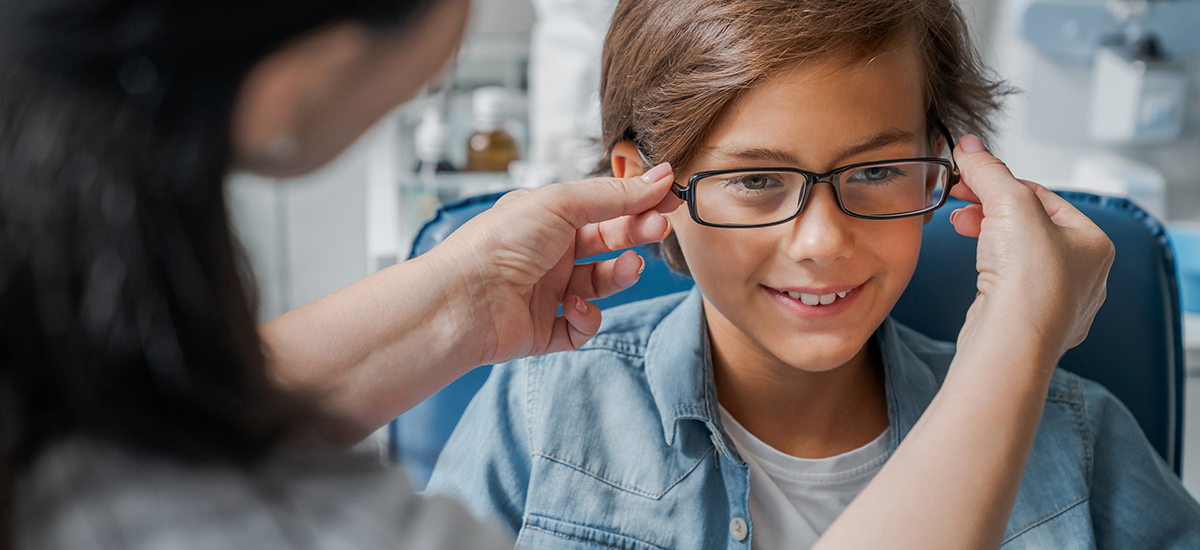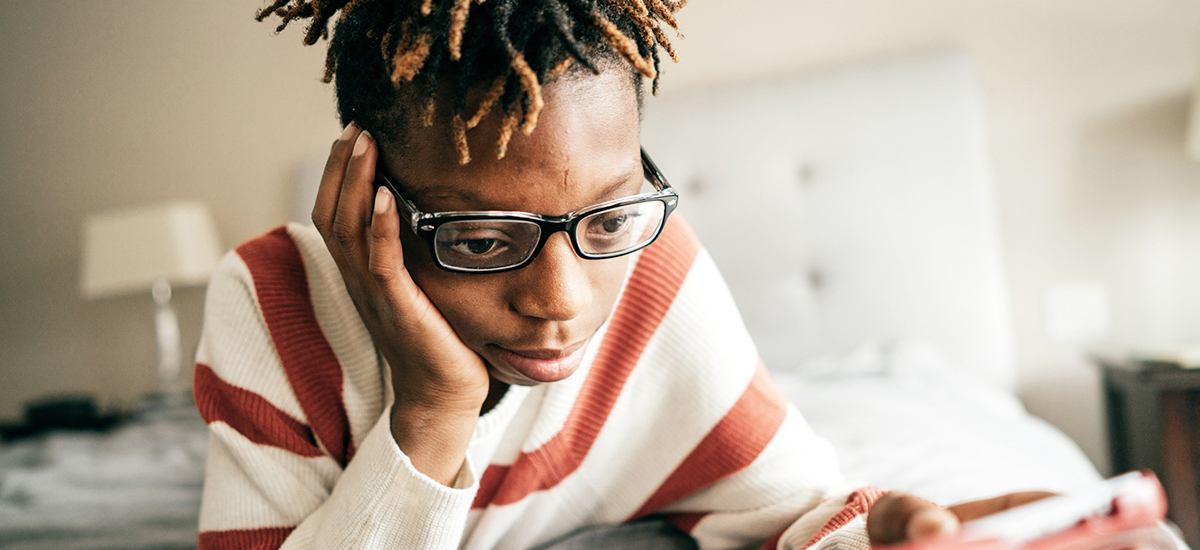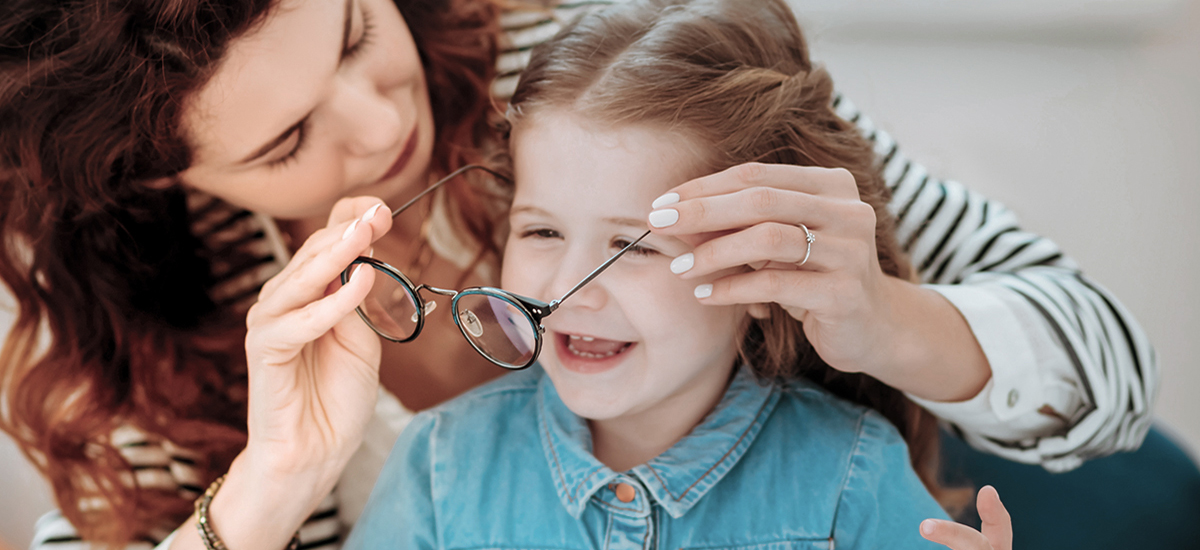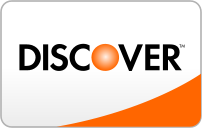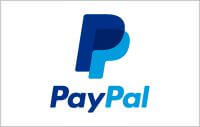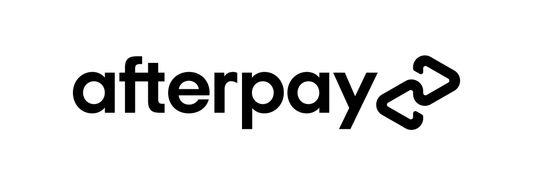FSA-Eligible Expenses: 10 Things I Can Buy With My FSA
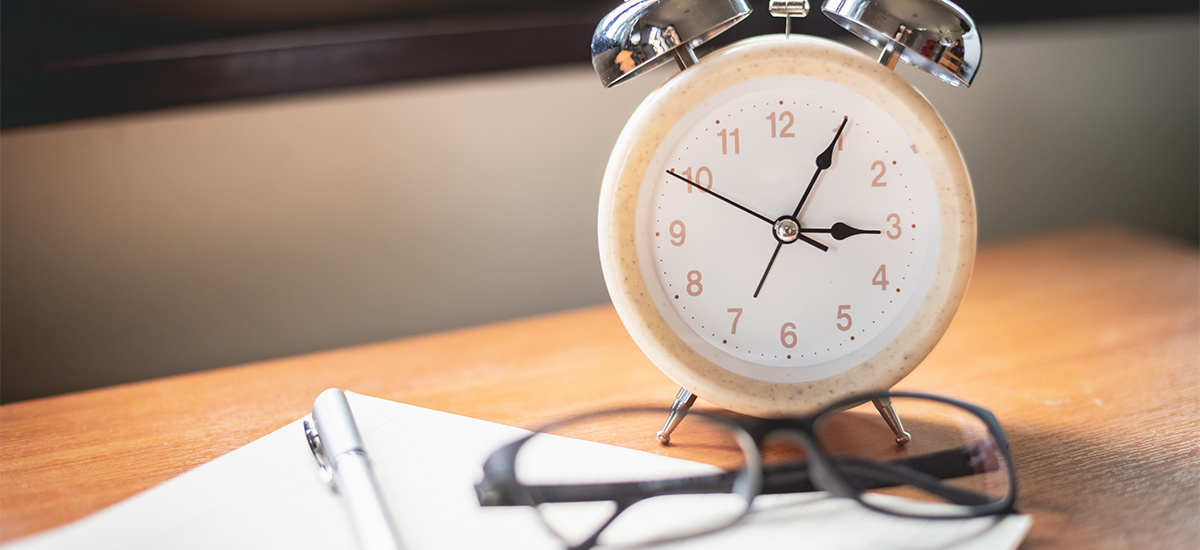
The grace period for your flexible spending account (FSA) may be coming to an end. Put that money to good use, and assume control of your eye care today by taking advantage of some FSA-eligible expenses.
10 FSA-Eligible Expenses
We know the cost for eye care can add up, which is where FSAs come in handy. While they may not cover everything, they can cover a large portion of your eyecare needs.
Shop online or in-store with your FSA card. Then, send off reciepts proof of your payments each year after your plan ends. It’s that simple.
Here are 10 FSA-eligible expenses to use at For Eyes:
#1: Frames
Most FSA plans cover prescription glasses’ frames. If your eyewear features corrective lenses, and you have an FSA, the chances are that you’re qualified for repayment. Find your next pair of eyeglasses today.
#2: Lenses
If you need single-vision or multifocal lenses, your FSA can help. During your eye appointment, the eye doctor will let you know if a specific type of lens would suit you best. Double-check that your plan covers it.
#3: Eye Exams
Everyone over age 6 should have an annual eye exam, and it may be covered in part or full by your FSA. Schedule an eye exam at a time that’s right for you to inspect for any changes in your vision, which may require corrective lenses.
#4: Contact Lenses
As long as you’re wearing contacts for medical purposes (and not just to modify your eye color), they should work with your FSA. Before prescribing official contacts, the eye doctor may give you a temporary pair to try out. Don’t forget to schedule a follow-up appointment to get your permanent lenses in a week or two.
#5: Prescription Sunglasses
For your sunglasses to qualify for reimbursement under your FSA, they’ll need to be prescription level. But wait--are prescription sunglasses worth it? Considering they provide the same clarity you have with your corrective glasses, in addition to UV protection, we would say they’re worth getting. Talk to your optometrist to see if prescription glasses are right for you.
#6: Reading Glasses
Older adults are at risk for refractive errors, such as hyperopia and presbyopia. Instead of going without, request a pair of reading glasses from your eye doctor. Whether or not you have a prescription, your FSA can cover most, if not all, of the cost.
#7: Accessories for Your Glasses
Do you need a cleaning solution or a tool to mend your glasses? Most FSA plans include these accessories, but don’t forget that your local For Eyes also offers free adjustments, cleanings, and screw replacements for life. Everyone is eligible.
#8: A Case for Your Contacts
Having a strong case for your contacts is necessary to keep your lenses safe from debris and transport them wherever you go. You won’t need a prescription for this FSA-eligible expense.
#9: Contact Lens Cleaner
You can’t have contacts without a quality lens cleaner. Consult your eye care team on which cleaning solutions are available for repayment through your current FSA plan.
#10: Eye Drops and Other Medicines
Have you been experiencing dry eyes or other eye problems? Restore moisture from within using professional-grade eye drops. Your optometrist can recommend the right eye drops and other medicines for your needs.
Summary: What to Purchase With Your FSA
We recommend making a few purchases from our list of FSA-eligible expenses. You may qualify to have all or portions of your eye care products and services repaid, including eye exams, eye medicines, and prescription eyewear.
To use your FSA, all you’ll need to do is bring your FSA card to your local For Eyes when making a purchase. Have your photo I.D. ready to save time. Then, simply send your itemized receipt to your provider at the end of the year. It’s as easy as that.
Book your eye exam at For Eyes
Have you had your annual comprehensive eye exam? Schedule an appointment with an Independent Doctor of Optometry at your local For Eyes.

